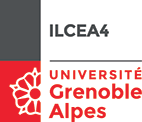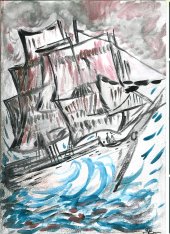Représentations dans le monde anglophone
La revue électronique du LISCA
Accueil > Numéros > Tous les numéros
Tous les numérosOf Seas and Oceans, of Storms and Wreckage, of Water Battles and Love in Shakespeare’s PlaysAvril 2020Résumé : Edited by Estelle Rivier-Arnaud Perhaps because Shakespeare’s homeland was surrounded by the ocean, water is a constant source of inspiration in his plays. In Early-modern times, sea lanes represented voyages, escapes, explorations and conquests. They were a means to protect oneself from the enemy and a source of pride (remember Elizabeth’s victory over the Invincible Armada). In the poet’s canon, the sea conveys a vast palette of images and emotions such as dilemmas, loss, love, battles, success and fate. It also provides the script with a rhythmic pattern possibly reflecting the ebb and flow of waves on the shores. Contributeurs : Introduction Shakespeare’s Imperfect “Art of Navigation”. Controlling the Forces of the Sea in The Tempest (1611) A Shipwreck with no Ship and no Sea : Craig’s Ideas on Tempest I, 1 Toward a Blue Gender Studies : The Sea, Diana, and Feminine Virtue in Pericles The Travails of The Comedy of Errors in Athens Mors bona, or, Storm in a tea cup ? Shakespeare’s Tempest in a puppet and live-actor production Doran’s and Taymor’s Tempest : Digitalizing the Storm, a Dialogue between Theatre and Cinema Pascal Rambert’s Antony and Cleopatra (1995) : deep in love and in water |





